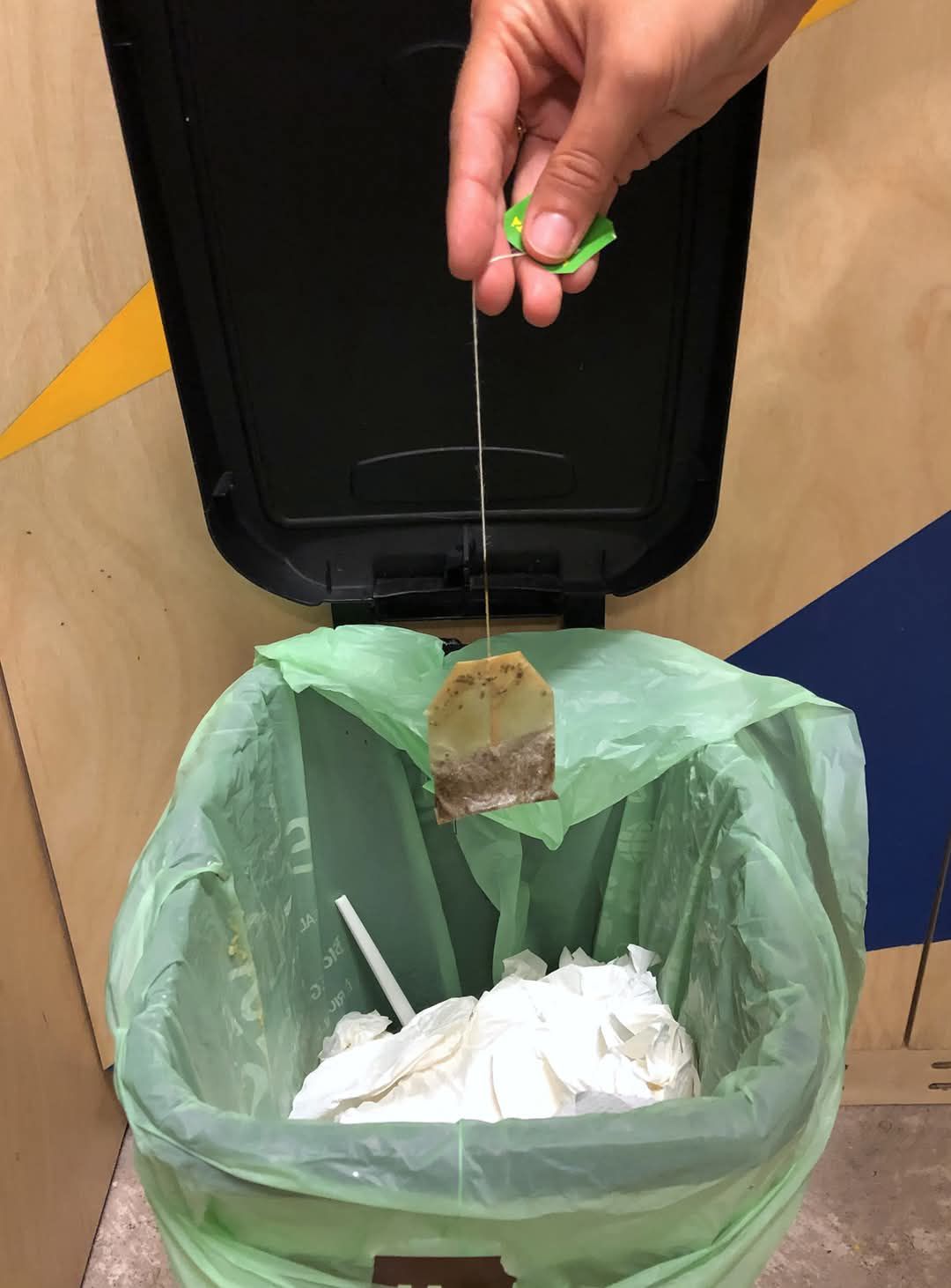ADVERTISEMENT
**The Correct Way to Dispose of Tea Bags: Eco-Friendly and Sustainable Practices**
Tea is one of the world’s most beloved beverages, enjoyed by millions every day for its calming properties, numerous health benefits, and delightful flavors. Whether you’re sipping it in the morning, afternoon, or evening, tea bags are a staple in many households. However, while tea bags are convenient and easy to use, they can also pose a problem when it comes to disposal. Many people don’t realize that improper disposal of used tea bags can contribute to unnecessary waste and harm the environment.
So, what’s the best way to dispose of your tea bags? Here’s a guide to doing it responsibly, ensuring that your tea habit is as eco-friendly as possible.
—
### Why Proper Disposal of Tea Bags Matters
Traditionally, tea bags were made from paper or cloth, both of which are biodegradable. However, with modern tea bags, many are made from synthetic materials like nylon or polypropylene, which do not break down as easily in landfills. Some even have a thin coating of plastic that can take hundreds of years to decompose, contributing to plastic pollution.
Properly disposing of your tea bags not only helps reduce waste but also minimizes your carbon footprint. It’s about taking small, mindful actions that add up to a big impact on the planet.
For Complete Cooking STEPS Please Head On Over To Next Page Or Open button (>) and don’t forget to SHARE with your Facebook friends
—
### Step-by-Step Guide to Properly Dispose of Tea Bags
#### 1. **Compost the Tea Bags (If They Are Compostable)**
Many tea bags today are made from natural, biodegradable materials, such as paper, cotton, or hemp. These can be composted without any issue. If your tea bags are compostable, it’s a great way to ensure they break down naturally and provide nutrients to the soil.
**How to compost:**
– **Remove the staple:** Some tea bags may have a small metal staple that should be removed before composting. This is especially important for non-compostable bags.
– **Cut open the bag (optional):** If you want to speed up the decomposition process, you can cut the bag open and mix the tea leaves directly into your compost pile.
– **Dispose of the bag:** Place the tea bag in your compost bin or heap along with the tea leaves. Make sure to keep your compost moist and turn it regularly.
Tea leaves themselves are great for composting because they are rich in nitrogen, an essential nutrient for healthy soil.
—
#### 2. **Dispose of Non-Compostable Tea Bags Properly**
Unfortunately, not all tea bags are made from biodegradable materials. Some are constructed from synthetic fibers like nylon, silk, or plastic, which can take years to break down in a landfill. If you aren’t sure whether your tea bags are compostable, check the packaging for any information regarding disposal. Some brands now explicitly mention whether their bags can be composted.
**What to do with non-compostable bags:**
– **Discard in the trash:** If your tea bags are non-compostable and cannot be recycled, place them in your regular trash. While this isn’t ideal, it’s important to make sure that they are disposed of properly.
– **Avoid flushing them:** Never flush tea bags down the toilet, as this can clog your plumbing and add unnecessary waste to water systems.
—
#### 3. **Recycle the Tea Box and Packaging**
If you’re purchasing tea bags that come in a box or cardboard packaging, make sure to recycle these materials. Most tea packaging is made from paper or cardboard, which can be easily recycled. Check for any recycling symbols on the box and dispose of it in your recycling bin. However, if the box is coated with plastic or wax, you may need to dispose of it in the trash.
Before recycling, remove any plastic window or bags that may be included with the tea box, as these are often non-recyclable.
—
#### 4. **Repurpose Tea Bags for Household Use**
If you prefer to give your tea bags a second life, there are many creative ways to repurpose them. Used tea bags can be useful in various household tasks, helping you reduce waste and maximize their potential. Here are a few ideas:
– **Clean surfaces:** The tannins in tea can be used to wipe down wooden furniture or surfaces, giving them a polished finish.
– **Soothe skin irritations:** Used tea bags (especially chamomile or green tea) can be placed on the skin to help soothe burns, insect bites, or even tired eyes.
– **Odor absorber:** Dry tea bags can be placed in shoes, drawers, or other small spaces to help absorb odors naturally.
Repurposing your tea bags is not only eco-friendly but also a smart way to get more use out of an item you would normally toss.
For Complete Cooking STEPS Please Head On Over To Next Page Or Open button (>) and don’t forget to SHARE with your Facebook friends
—
